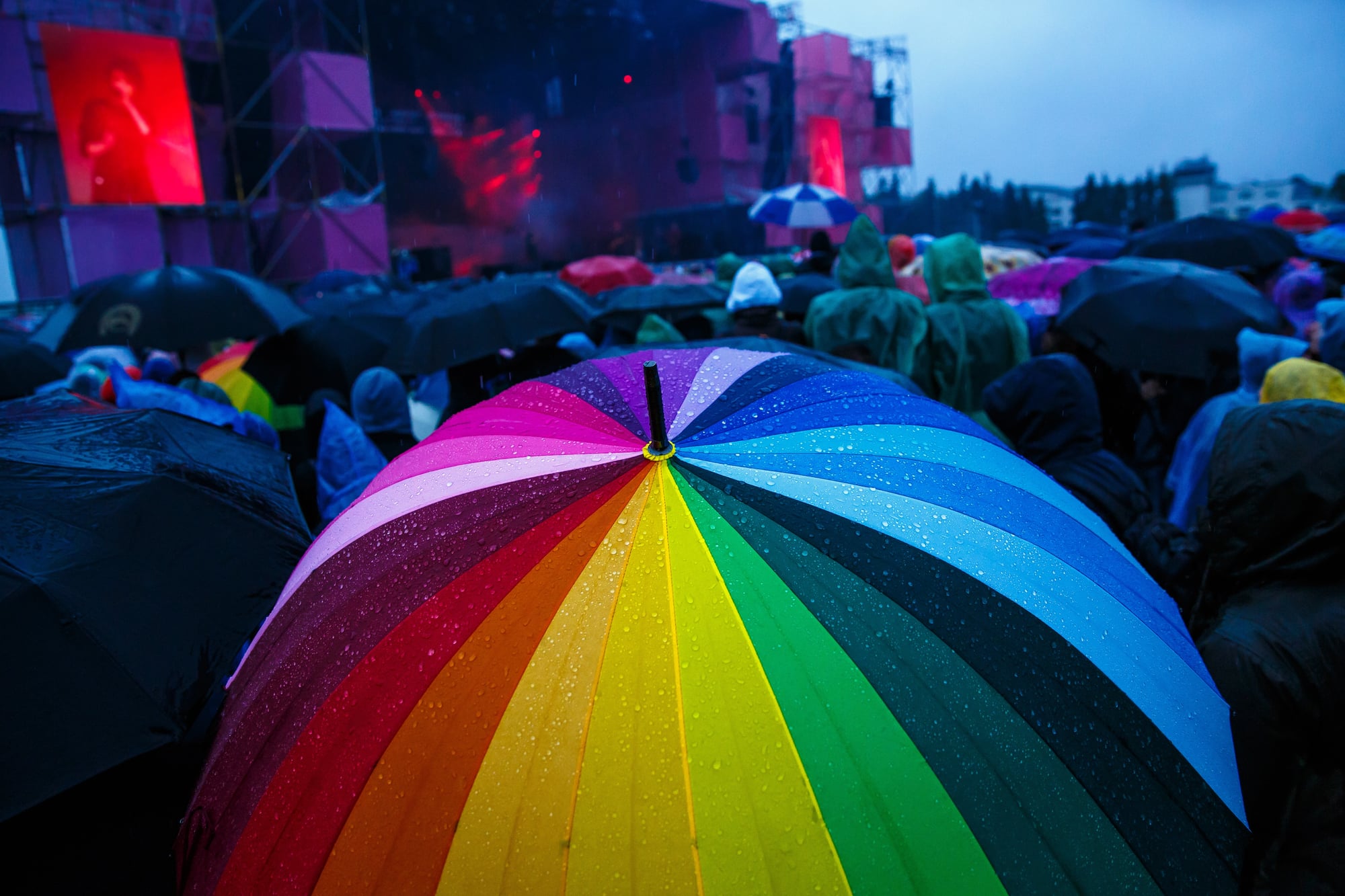Planning an outdoor event comes with a unique set of challenges—chief among them is managing unpredictable weather. Rain can dampen everything from concerts and festivals to weddings and sports tournaments. Fortunately, there’s a financial safeguard that can help protect your bottom line: event weather insurance. Specifically, rain insurance can offer a safety net against the financial fallout of a rainy day. Below, we’ll explore how rain insurance works, its key benefits, and what to consider when purchasing a policy—especially since coverage can be obtained as close as seven days before your event.
What Is Event Weather (Rain) Insurance?
Event weather insurance, often referred to as rain insurance, is a specialized policy designed to mitigate the financial risk associated with inclement weather. Unlike general liability insurance that protects you from lawsuits or bodily injury claims, rain insurance provides a payout if rainfall exceeds a predetermined threshold during a specified time window on your event date.
Key Benefits
- Financial Protection: Reimburses lost revenue and additional costs caused by weather disruptions.
- Peace of Mind: Allows you to focus on creating a memorable event instead of stressing over the forecast.
Flexibility: Policies can be customized to fit the unique needs of your event—including location, coverage period, and rainfall threshold.
Coverage Can Be Purchased as Close as Seven Days Before the Event

- As early as a year or more in advance when you’re first planning your event.
- As close as seven days before the event, making it a last-minute protective measure if the forecast suddenly looks unfavorable.
This flexibility allows event organizers to monitor weather patterns and make a more informed decision. If you see a high likelihood of rain shortly before your event, you can still secure coverage—though prices may vary based on timing and the latest forecasts.
Three Rainfall Measurement Options
When you purchase rain insurance, you typically choose how and where the rainfall is measured. This detail is crucial, as it determines whether a policy triggers a payout. Here are three common measurement options:
- Third Party Forensic Meteorology Company
- Description: A third-party company that will determine the rainfall at your event site using data from the Doppler radar and other sources.
- Advantages: This option captures the precipitation where your event occurs, making it highly accurate and fair.
- Considerations: An additional fee applies, typically $50 – $75 per day of coverage.
- Nearby Official Weather Station
- Description: Rainfall data is taken from the closest National Weather Service (NWS) station or another certified station.
- Advantages: It’s a cost-effective method and widely accepted by insurers.
- Considerations: The weather station might be more than a mile, and in many cases several miles away, which can lead to discrepancies if local microclimates cause rainfall to vary between the station and your event site.
- Certified Independent Weather Observer
- Description: A third-party, certified meteorologist or weather observer is dispatched to the event location to measure rainfall.
- Advantages: Ensures high accuracy and legitimacy for insurance payouts.
- Considerations: This option may be more expensive, as it involves hiring an on-site professional.
Choosing the right measurement method depends on your budget, level of risk tolerance, and the nature of your event. If your event spans a large area (like a festival ground), a forensic meteorology service or an independent observer might provide the most accurate reflection of weather conditions.
Determining the Policy Trigger and Payout
Setting a Rainfall Threshold
When you buy rain insurance, you work with the insurance provider to set a rainfall threshold—a specific amount of accumulated rain that would cause financial harm to your event. For example, you might select:
- 0.25 inches of rain during the hours of 2:00 p.m. to 8:00 p.m. (the core event time).
- 0.50 inches of rain during the entire day.
If the actual rainfall meets or exceeds your chosen threshold within the designated time window, the policy pays out the agreed-upon coverage amount.
Customizing the Coverage Window
You also get to choose the time period during which rainfall is measured. This could be the entire event day, the primary operational hours, or even the crucial setup time leading to your event’s start.
The Cost of Rain Insurance

- Event Date and Seasonality: Insurance tends to be more expensive in regions and seasons prone to heavy rain.
- Location: The local climate and historical rainfall data play a major role.
- Coverage Amount: Higher payouts and lower rainfall thresholds generally mean higher premiums.
- Measurement Method: One carrier increases the costs if an on-site observer is used.
Budgeting Tips
- Shop Around: Different carriers may offer competitive rates and flexible coverage terms. Ask your broker to obtain three quotes.
- Plan Early: The longer your lead time, the more pricing options you might have—even though policies can be purchased up to seven days before the event.
Adjust Thresholds: Work with an insurance agent to set realistic thresholds and time windows that meet your needs without inflating premiums unnecessarily.
Key Takeaways
- Coverage Flexibility: Rain insurance can be purchased well in advance, or as close as seven days before your event, giving you flexibility based on changing forecasts.
- Three Measurement Options: You get to choose between an on-site rain gauge, a nearby official weather station, or a certified observer to track precipitation.
- Customizable Thresholds: Tailor the coverage to meet your event’s specific risks—choose your rainfall amount, coverage window, and measurement method.
Financial Safeguard: A well-structured rain insurance policy can protect you from lost revenue and added expenses if severe weather affects your event.
Reach out To Spectrum Weather Insurance Today

If you’re ready to explore rain insurance, reach out to an experienced provider. They can guide you through historical rainfall data, help you select coverage parameters, and craft a policy tailored to your unique event needs. With the proper coverage in place, you’ll be able to focus on what truly matters: delivering an unforgettable experience—rain or shine.
If insurance is in place, whether or not or to what extent a particular loss is covered depends on the facts and circumstances of the loss and the language of the policies as issued. Actual coverage is subject to the language of the policies as issued. Policy benefits vary by carrier.

